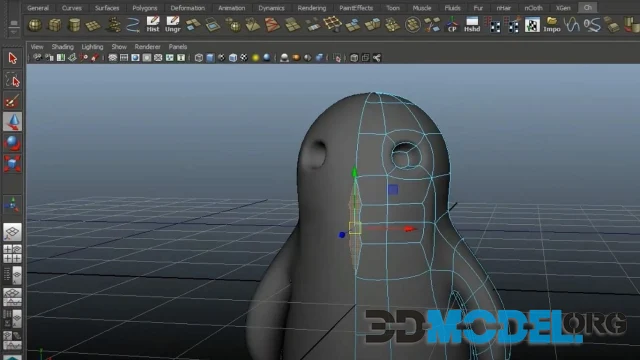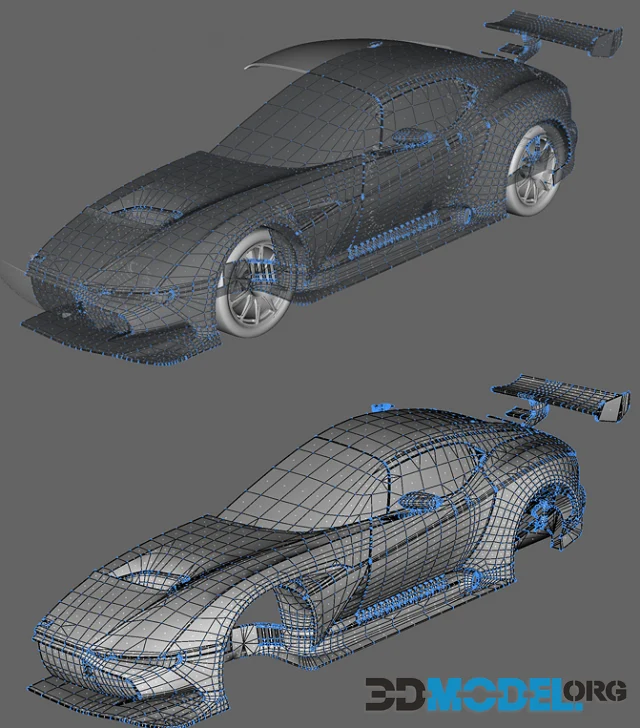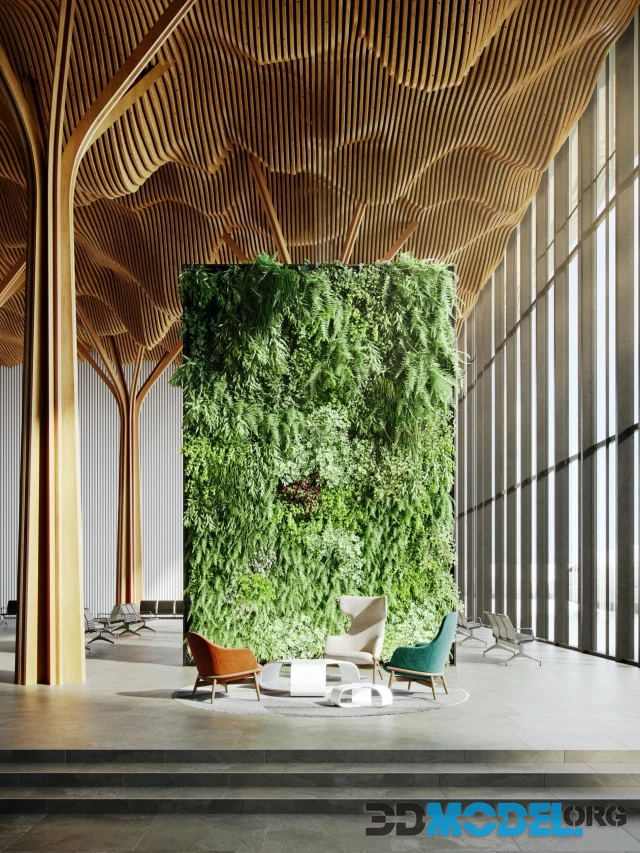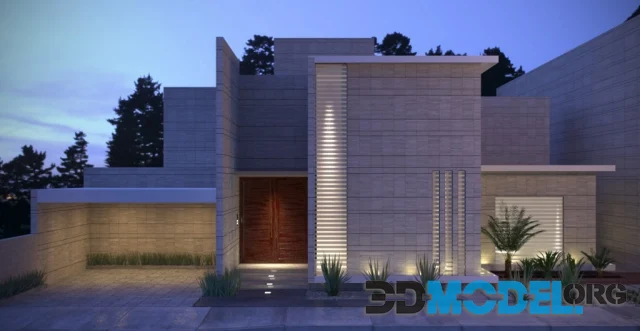Types of files for 3D modeling and 3D printing
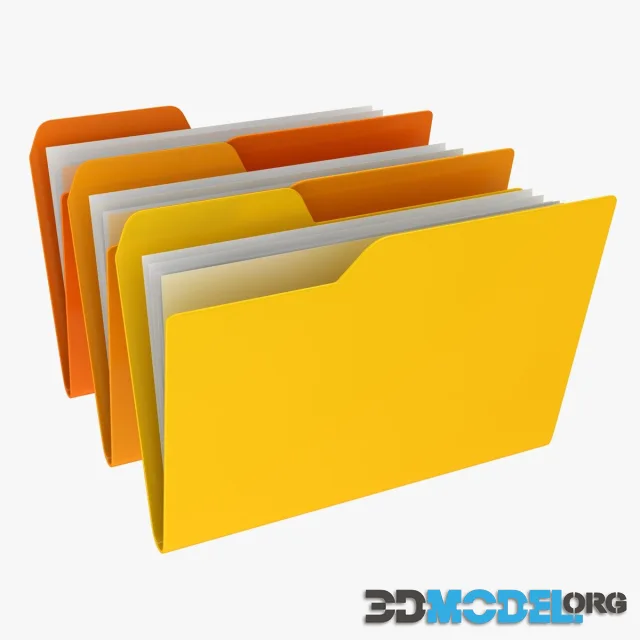
When working with 3D models, you've probably come across different types of files in one way or another.
Some are related to software, some to 3D scanners, and some to specific brands of 3D printers.
With so many different file formats, it can be confusing to figure out which ones are used for 3D printing and which ones are not.
But we're here to help you figure it out. Read on to learn about the major 3D file formats and how they differ.
STL
STL (or stereolithography), is one of the oldest 3D printing file formats.
Developed in the late 1980s, it is still widely used today.
It is unique in that it describes the surface geometry of a 3D object very clearly and accurately, without representing color, texture or other attributes.
.stl files are created by computer-aided design (CAD) programs. To work with them, you can use things such as FreeCAD, Blender, MeshLab, MeshMixer, SketchUp, SculptGL, 3Dslash, and a dozen others.
Note that STL is very popular. On our site you can find a lot of content in this format. Basically, these are various printable figures of characters or other objects that can be used as decoration for the house or as references.
OBJ
The OBJ format is also very popular in the 3D industry. Its advantage is that it encodes color and texture information, which is stored in a separate file with the .mtl extension. In general, OBJ can be considered a much more detailed format than STL.
Oh, and OBJ files also allow the use of non-triangular faces (when one face is adjacent to another).
The .obj format can be opened in utilities such as Autodesk Maya 2013, Blender and MeshLab.
3DS
3DS is a 3D file format used by Autodesk 3D Studio. It contains mesh data, material attributes, grid references, viewport configurations, camera positions, and general lighting information.
But that's not all.
3DS also contains object animation data. This is represented in the form of blocks and data fragments with a dimensionality description. These data fragments store shape, lighting, and view information that together represent the final 3D view of the model.
And keep in mind that 3DS is an outdated format. It's called MAX now. Basically nothing has changed, and many people are still more used to thinking of it as 3DS, but we should have warned you.
PLY
PLY or Polygon File Format was designed to store 3D data from 3D scanners. It supports a relatively simple description of a single object in terms of flat polygons.
In the PLY format, you can store various properties of the model: color and transparency, surface normals, texture coordinates, and validity values.
PLY also allows you to combine different properties of the front and back sides of the polygon.
VRML
We are bringing this format just out of the historical memory. Nowadays it is hardly used anywhere, but it is still very remarkable!
VRML is a text format that provides information about the vertices and edges of a shape. It also includes a specification of the surface color and its additional properties such as gloss and transparency.
FBX
FBX is a proprietary format widely used in the film industry and video games. It was originally developed by Kaydara, but was acquired by Autodesk in 2006. Since the acquisition, Autodesk has used FBX as an interchange format for its own software.
FBX has a number of notable features. For example, it is very good at transferring geometry properties and color with textures. FBX is also very good at storing morphs and skeletal animations.
In our catalog you will find files in all of the above formats. You will be able to use them for printing on your 3D printer.
All this is completely free and available even without registration! Add our site to your browser's bookmarks so you won't forget it.
Ctrl
Enter
Noticed a misTake
Highlight text and press Ctrl+EnterRelated news:
Comments (0)

